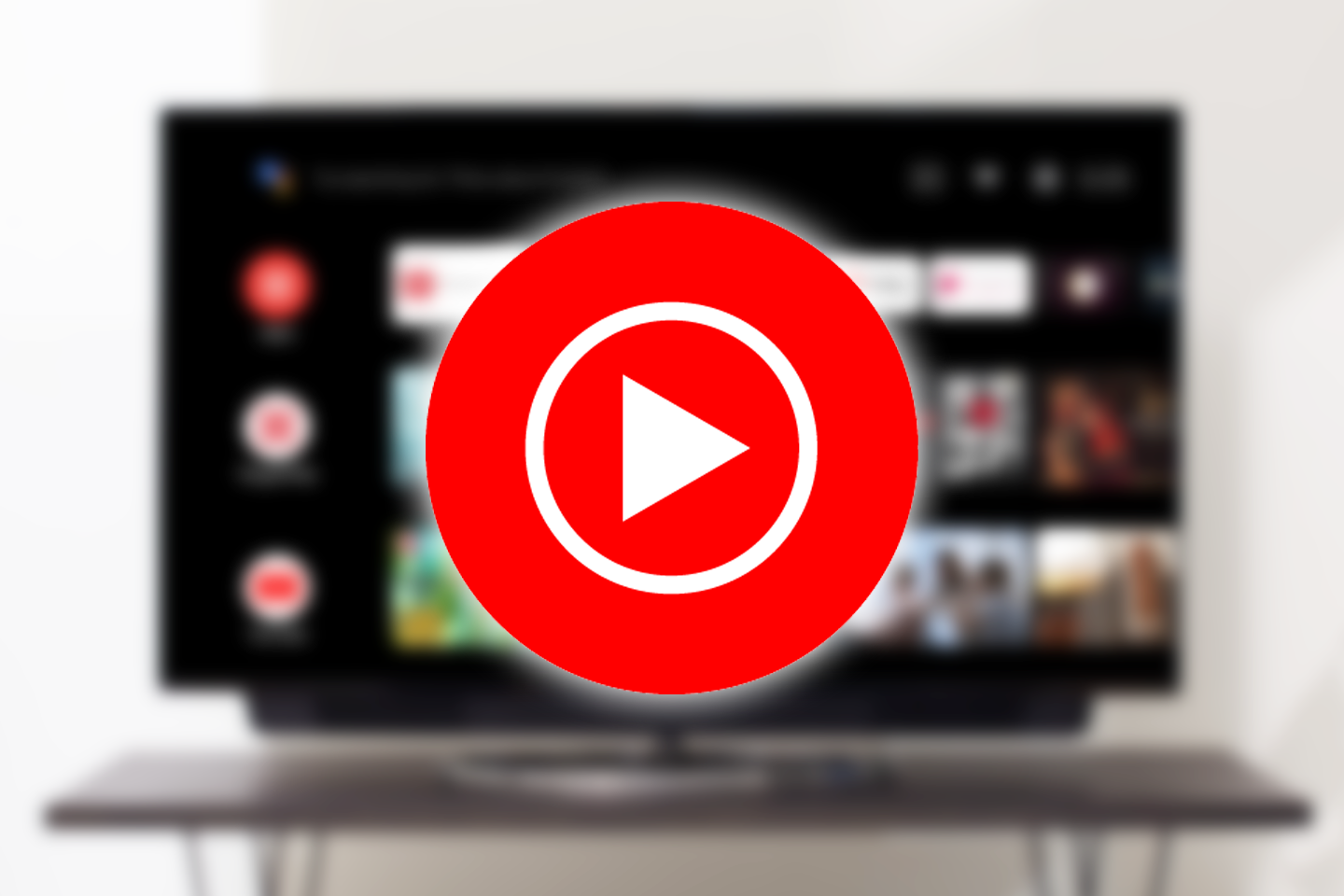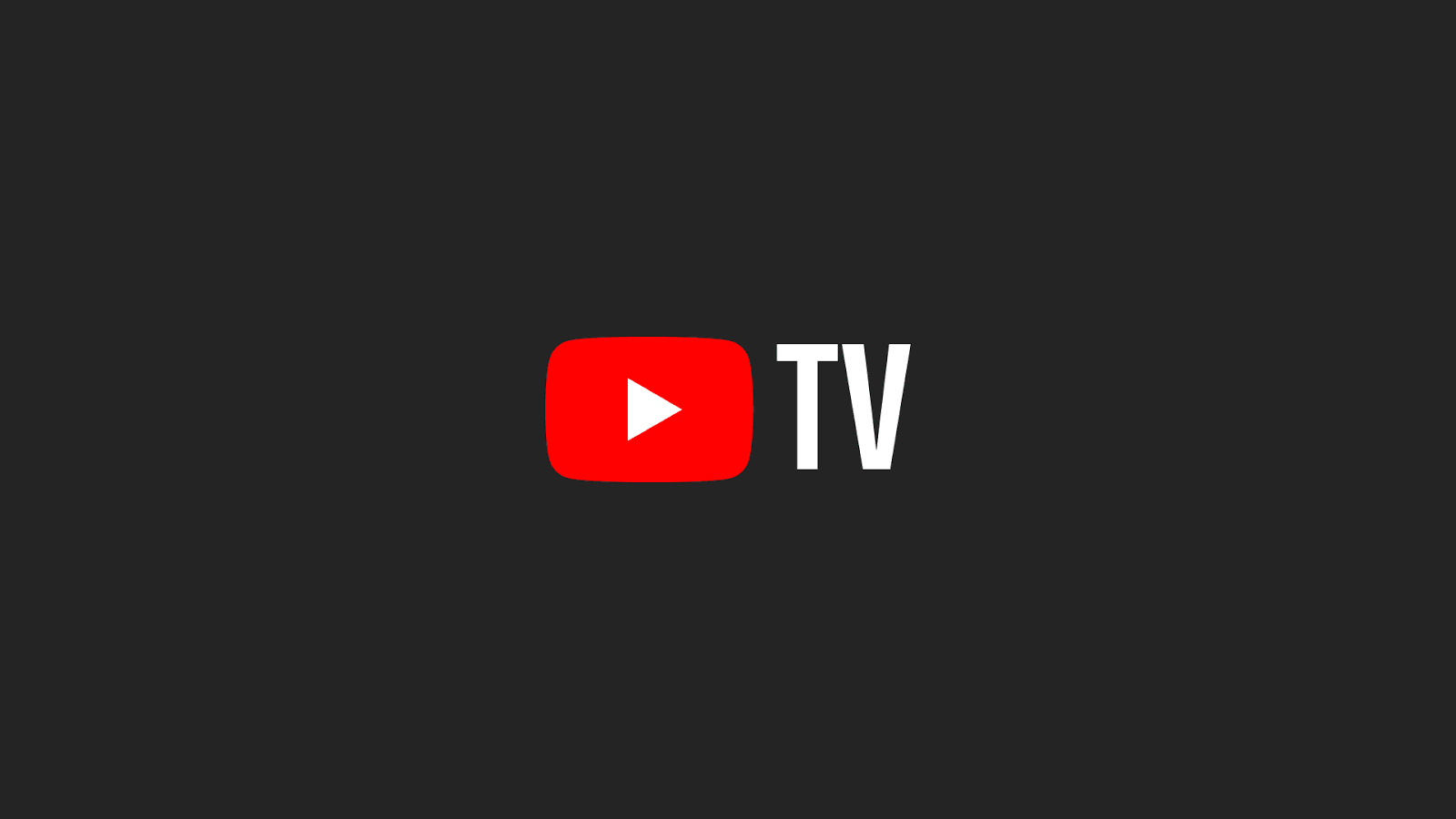In 2021, we witnessed a number of carriage disputes between YouTube TV and several broadcasters. In September, the Google-owned streaming platform brawled withNBCUniversal, and it found itself in a spat with Disney a few month later.
Of course YouTube TV isn't the platform to butt heads with broadcasters. Roku, DirecTV, and just about every legacy cable company have found themselves in similar predicaments.
Price increases and annoying changes to program air times are only some issues arising from carriage disputes, which can also end up causing viewers to lose access to certain channels altogether.
But what exactly is a carriage dispute, and why does YouTube TV keep getting embroiled in them? We have answered these questions below to help you make sense of these legal and often intricate matters.
What is a carriage dispute?
The phrase is borrowed from common law jurisdictions, and originally referred to legal scenarios where multiple class actions were filed for what was essentially the same case and counsel were unwilling to work together.
Today the expression has assumed a different meaning. A carriage dispute describes a disagreement over the right to 'carry' (retransmit) a broadcaster's signal. Understandably, in the pre-streaming era, these disputes were mainly seen between broadcasters and cable companies. They now encompass direct broadcast satellite as well as other multichannel video programming distributors, including streaming media services.
Carriage disputes are often resolved via financial compensation, with the distributor paying the TV station, streaming service provider, or network for the right to carry the signal. These agreements also detail what channels the distributor is permitted or required to retransmit and how these channels are distributed to viewers and subscribers.
To really get how all this works, there's another term you need to know: carriage fees. So, what are carriage fees? Basically, carriage fees are what streaming or cable companies like YouTube TV and DirecTV pay to TV networks (ABC, TNT, ESPN) to carry their programming. Carriage fees aren't set in stone, and there are a lot of variables involved in just how much a provider like YouTube would pay. To be honest, it's a bit confusing and Digiday has an incredible carriage fee explainer.
Often times agreements are not easily reached, and companies become engaged in long PR battles that often have nefarious consequences on viewers' streaming habits.
Why does YouTube TV keep getting embroiled in carriage disputes?

Google's parent company Alphabet announced it had reached revenues totaling $68 billion during the first quarter of 2022. If you look at these figures, it is not surprising that most of YouTube TV's carriage disputes up to date were money-related.
The one with NBC Universal, for instance, saw the sports channel broadcaster asking Google for more money to broadcast its channels on YouTube TV. They also demanded that Google bundled YouTube TV with NBC's Peacock streaming service as a condition of carrying NBC channels.
Similarly, the now-resolved fight with Disney revolved around YouTube TV arguing that it was not being offered access to Disney’s channels on the same or similar terms to its rivals. This, according to the Google-owned company, would translate to an increase in costs to its subscribers, which would make its offering less competitive.
The carriage dispute with Roku, on the other hand, was of a different nature. It was about visibility and saw Google asking Roku to boost YouTube to the forefront of Roku's interface.
As it is evident from the examples above, all of YouTube TV's carriage disputes boil down to either money or influence. In the streaming era, where most major providers create their own original content, being able to offer other broadcasters' channels can have viewers swing one way or another when it comes to picking a streaming service.
Google has a near-monopoly on web searches and ads across the web, but the streaming war is far from won. At a time when Netflix is losing many of its viewers across the globe, new streaming trends are emerging, and it's a good time for YouTube TV and other competitors to step up their game.
Will YouTube TV manage to emerge victorious from these carriage disputes and establish itself as one of the most relevant streaming platforms of 2022? If so, you'll probably want to cut the cord and pick up a good streaming device.

